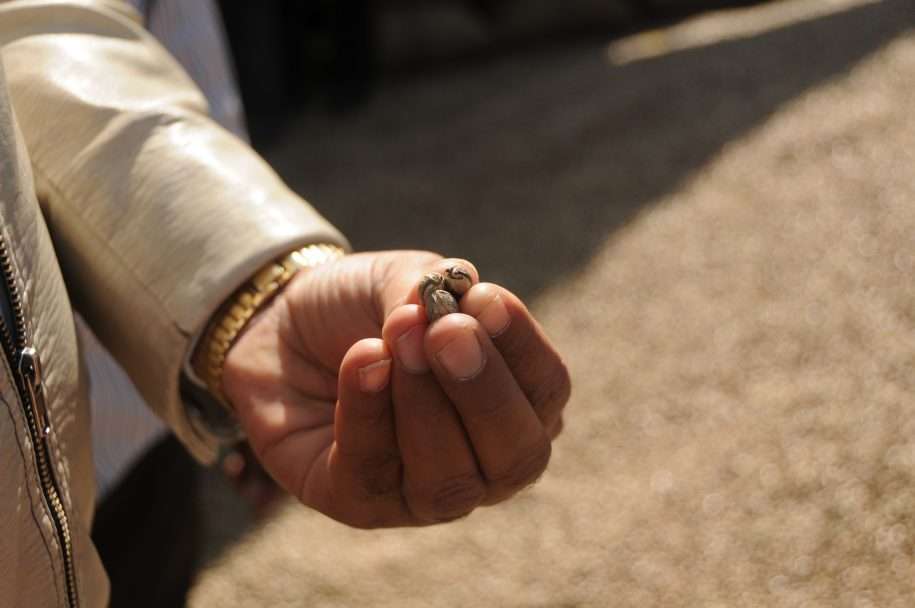We continue our feature of the KGFS Impact Evaluation and follow from our previous post, which mentioned how KGFS researchers are customizing a harvest diary suited to the needs of the project.
In the last post on Designing a Harvest Diary, we shared a few valuable lessons we have been able to learn upon its implementation. As of now, the harvest diary has been administered to farmers in our pilot and will be maintained by them till January 2014. We will thus only be able to completely assess its performance and data usability at the end of the season. However, we have learnt a lot of valuable lessons already.
Overall, the response we’ve received from farmers has been good, but the utility of the diary seems to be much greater for educated farmers than uneducated ones. We found that even though farmers were literate and could keep track of their expenses in the manner we required, they often just had a mind block towards writing and chose to rely either on our surveyors making revisits or on their children currently going to school to make an entry on the diary. Farmers who had completed schooling or higher education found this process more intuitive and were less inhibited to make an entry. We found that the acceptance among farmers depended to a large extent on how well the diary was explained to them and some of our surveyors did a better job of putting respondents at ease than others. Since our ability to use this instrument will also depend on the responsiveness and commitment of farmers to the survey through the length of the season up to January, we have tried to provide (in-kind) incentives for continuous compliance. The strength of these incentives will only be revealed at the end of the pilot.
 |
| A Surveyor Helping a Farmer fill a Harvest Diary |
From the feedback we have been able to observe, one area we can do better in is providing a more comprehensive and approachable training on the diary to respondents and setting up some sort of local automated group monitoring system, whereby an educated individual can be available to regularly assist those having difficulty with the diary.
There is also tremendous scope for improvement of the diary design itself to make it more appealing to uneducated farmers. We will be using the experience from our pilot to identify the greatest factors determining compliance and cost effective ways we can reduce response difficulty and inhibition. There is also a need to systematically compare the accuracy of self-reported information captured by various survey instruments to audit for the efficiency of the follow up instrument itself. Nevertheless, diary based surveying offers an exciting prospect for future agriculture data collection and is one of the newest and most interesting experiments for us at the KGFS Impact Evaluation Study.

